Blurring the Lines Between B2B and B2C CX
Over the past 20 years in the industry, I have worked across all sectors, B2B, B2C, and the public sector. And of course, now and then customer expectations have been and are evolving. Traditionally, B2C companies have led the way in customer experience (CX) innovation, setting high standards for personalization, responsiveness, and ease of interaction. Meanwhile, B2B companies have often focused more on transactions, contracts, and long-term relationships than on customer-centric experiences. But times are changing.
Today’s B2B buyers are also B2C consumers in their personal lives, meaning they expect the same seamless, personalized, and digital-first experiences in their business interactions. B2B companies that embrace B2C-inspired CX strategies will gain a competitive edge, enhance customer loyalty, and drive higher conversions.
But what can B2B companies learn from B2C CX leaders and how can they apply these strategies effectively?
Personalization: B2B Buyers Expect Tailored Experiences
B2C brands have mastered hyper-personalization; think Amazon’s product recommendations, Netflix’s curated content, or Spotify’s customized playlists! B2B companies often lag behind, still relying on generic email blasts and one-size-fits-all outreach.
A Lesson from B2C: Use AI and data-driven insights to deliver personalized recommendations, targeted content, and customized service interactions based on buyer behavior, industry, and past purchases.
B2B Application:
- Implement account-based marketing to provide highly relevant content and offers.
- Use predictive analytics to anticipate customer needs and recommend tailored solutions.
- Ensure sales teams have real-time customer insights to personalize interactions effectively.
Example: Salesforce uses AI-driven insights to provide predictive recommendations to B2B customers, improving engagement and increasing upselling opportunities.
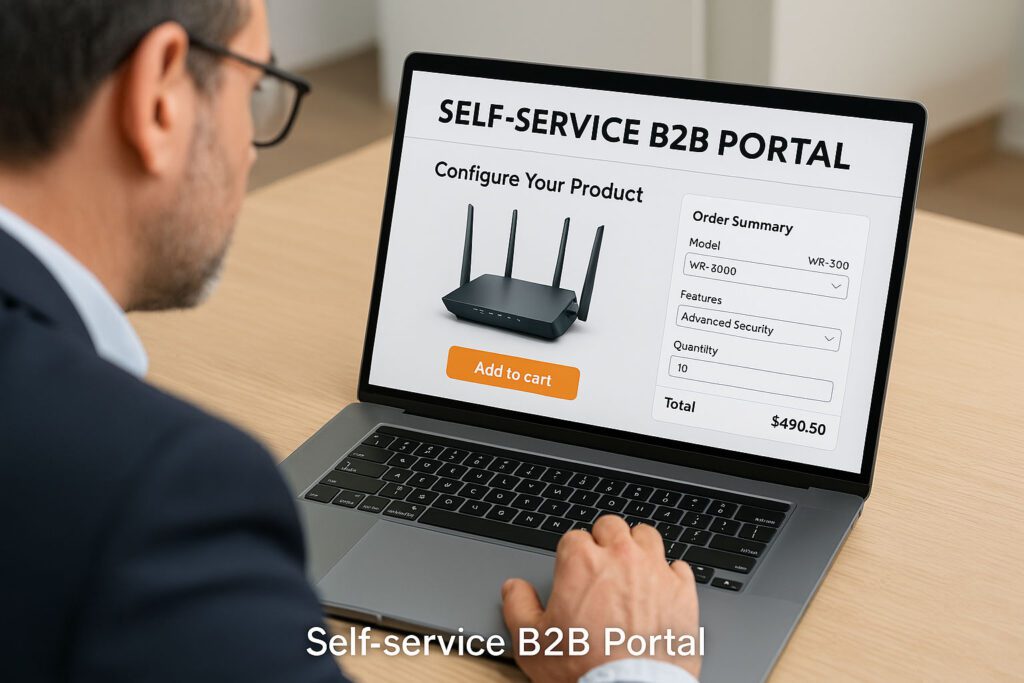
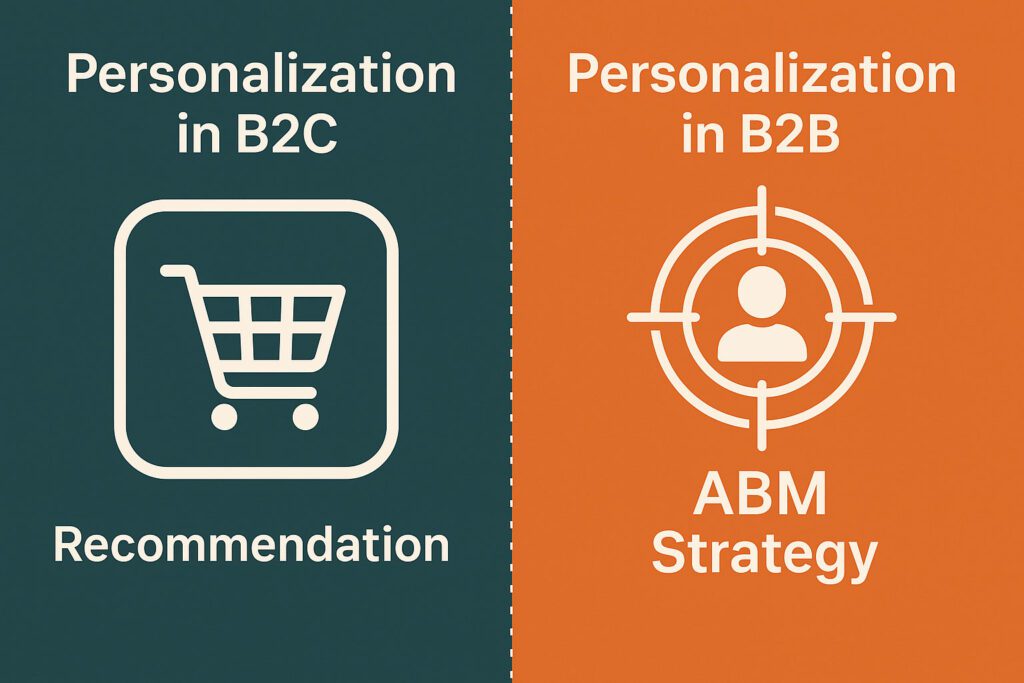
Seamless Digital Experiences: A Frictionless Buying Journey
In B2C, customers can research, compare, and buy with minimal effort—often in a few clicks. B2B buying cycles, on the other hand, are notoriously complex, involving multiple stakeholders, lengthy approval processes, and fragmented digital experiences.
A Lesson from B2C: Reduce friction by making the B2B buying journey as seamless and intuitive as B2C e-commerce experiences.
B2B Application:
- Develop self-service portals that allow customers to research, customize, and purchase without heavy sales intervention.
- Optimize mobile experiences—B2B buyers increasingly research solutions on mobile devices before engaging with sales.
- Provide instant access to information through AI-driven chatbots, content libraries, and interactive tools.
Example: Adobe’s B2B platform allows customers to explore products, get pricing, and start free trials—all before speaking to a sales rep.
Omnichannel Engagement: Meet Buyers Where They Are
B2C brands like Nike, Apple, and Starbucks excel at integrating digital, in-store, and mobile experiences into a unified journey. Meanwhile, many B2B companies still struggle with disconnected channels, forcing buyers to switch between websites, emails, phone calls, and in-person meetings with little continuity.
A Lesson from B2C: Ensure consistency across all touchpoints so customers can seamlessly transition from one channel to another.
B2B Application:
- Unify email, social media, live chat, and in-person interactions to create a continuous experience.
- Allow buyers to start a purchase on one platform and finish on another without losing context.
- Use marketing automation tools to deliver consistent messaging and follow-ups based on engagement history.
Example: HubSpot provides an integrated omnichannel experience, where customers can engage via chat, email, webinars, and social media—while receiving consistent, personalized interactions.
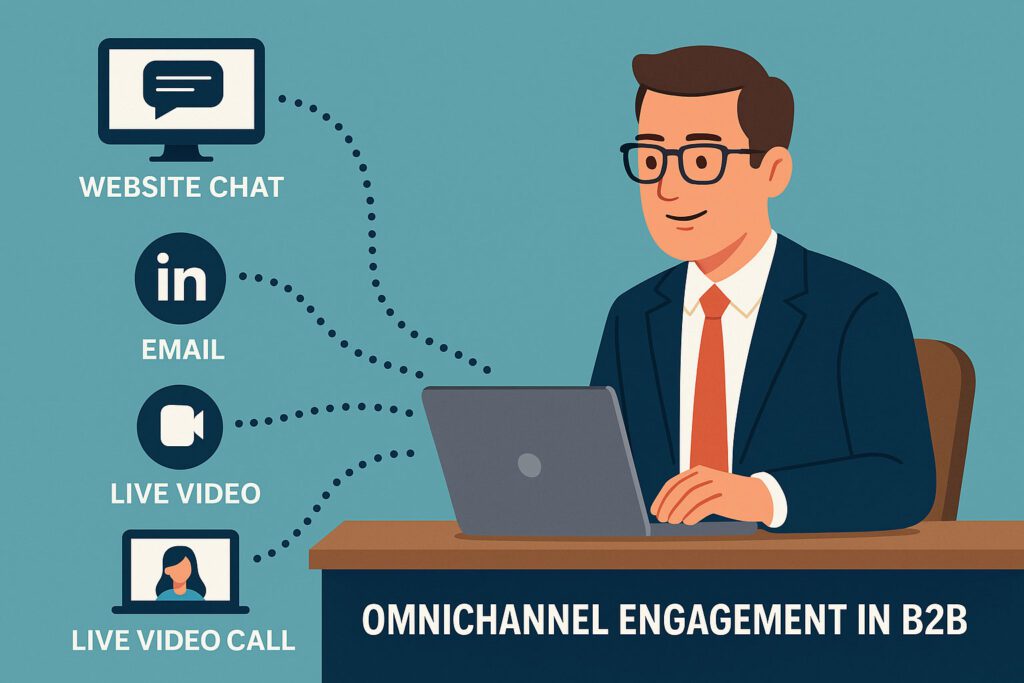
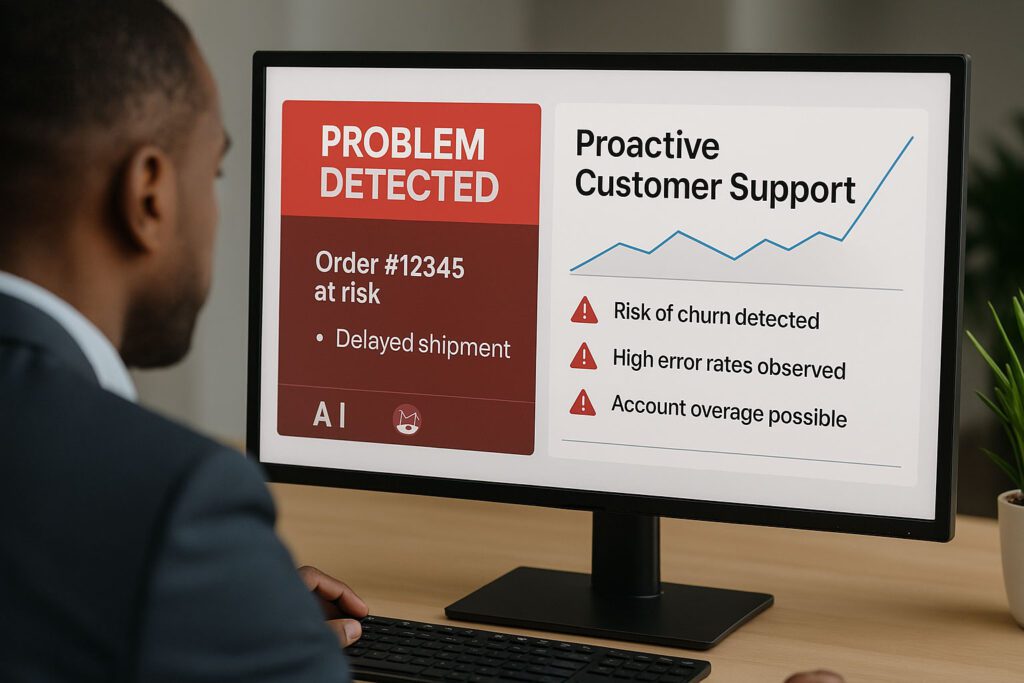
Proactive Customer Support: Anticipating Needs Before Issues Arise
In B2C, leading brands use predictive analytics to provide proactive customer service—think airline apps that notify travelers of delays or subscription services that remind users before renewals. B2B companies, however, often operate in reactive mode, waiting for issues to arise before addressing them.
A Lesson from B2C: Use data and AI to anticipate customer challenges before they escalate.
B2B Application:
- Implement AI-powered monitoring tools to detect early signs of dissatisfaction or service disruptions.
- Use predictive analytics to identify at-risk accounts and engage them before churn happens.
- Provide proactive check-ins and ongoing education through personalized content and account management.
Example: Our client Cisco uses AI-driven insights to proactively flag issues in IT infrastructure, allowing customers to prevent system failures before they occur.
Emotion-Driven Branding: Creating Meaningful Connections
B2C brands like Apple and Nike don’t just sell products, they sell emotions, aspirations, and identities. B2B companies tend to focus heavily on logic-driven decision-making, often overlooking the power of emotional connection in brand loyalty.
A Lesson from B2C: Build an emotional brand identity that resonates with customers on a deeper level.
B2B Application:
- Develop compelling brand storytelling that highlights customer success stories and mission-driven values.
- Humanize the brand with behind-the-scenes content, leadership thought pieces, and employee spotlights.
- Use video marketing and case studies to showcase how your products transform businesses and careers.
Example: IBM shifted from being seen as just a technology provider to an innovation-driven brand that empowers businesses to build a smarter future.
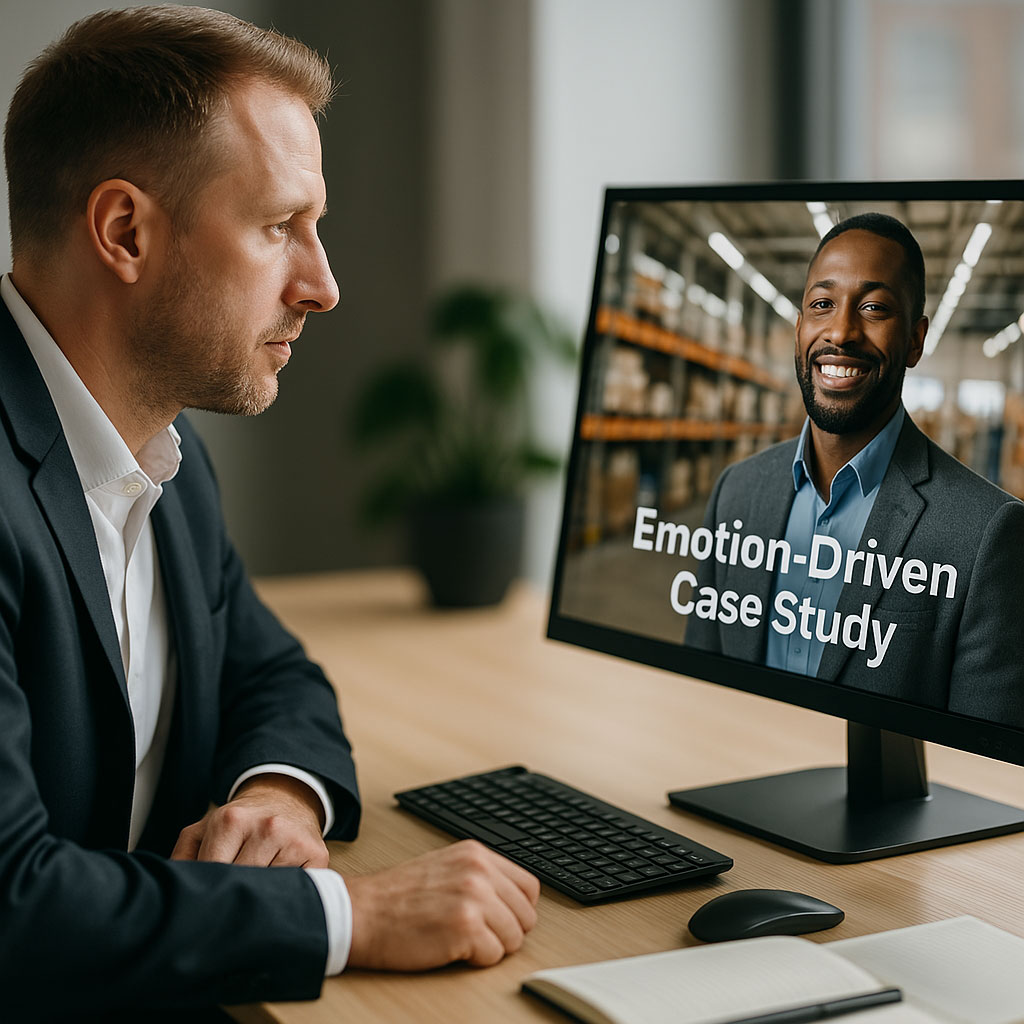
Measuring CX Impact: Adopting B2C-Like Metrics
B2C companies obsess over metrics like Net Promoter Score (NPS), Customer Satisfaction Score (CSAT), and Customer Lifetime Value (CLV). Many B2B companies, however, rely solely on sales-driven KPIs, overlooking key customer experience indicators.
Lesson from B2C: Track CX performance using the same robust customer satisfaction metrics that B2C brands use.
B2B Application:
- Measure NPS, CSAT, and churn rate to understand customer sentiment.
- Use customer effort score (CES) to gauge how easy it is for clients to do business with you.
- Analyze customer feedback loops to continuously refine products and services.
Example: Microsoft tracks NPS and integrates customer feedback into product development, ensuring CX improvements are data-driven.
Successful B2B Players are Inspired by B2C
The distinction between B2B and B2C customer experience is disappearing. B2B buyers now expect personalized, digital-first, and seamless interactions, just like they do in their personal shopping experiences.
B2B companies that embrace B2C-inspired CX strategies will win customer loyalty, increase engagement, and drive revenue growth in a rapidly evolving marketplace.
How is your B2B company enhancing CX? Share your thoughts in the comments or let’s discuss how to implement B2C best practices in your B2B strategy!